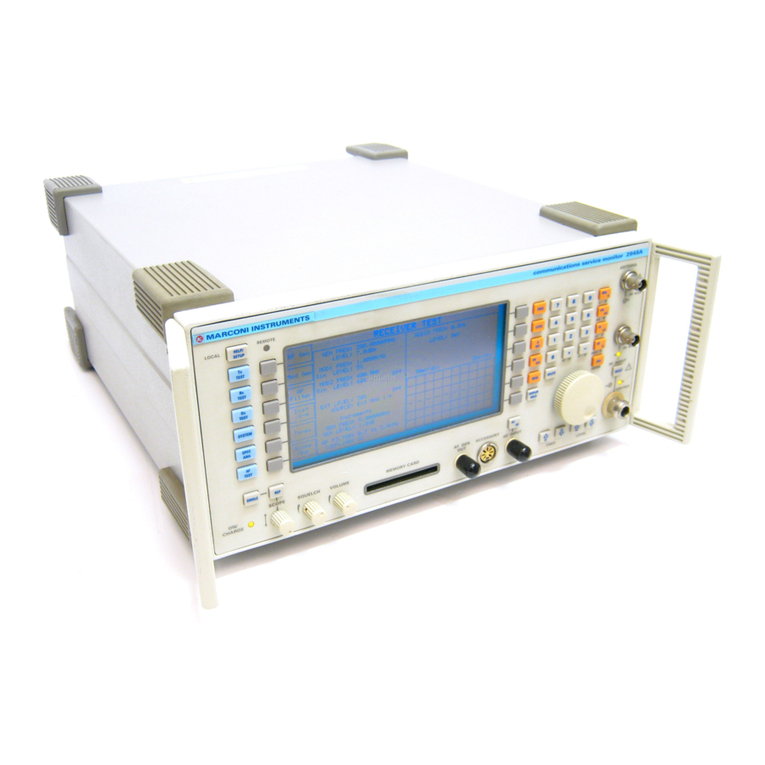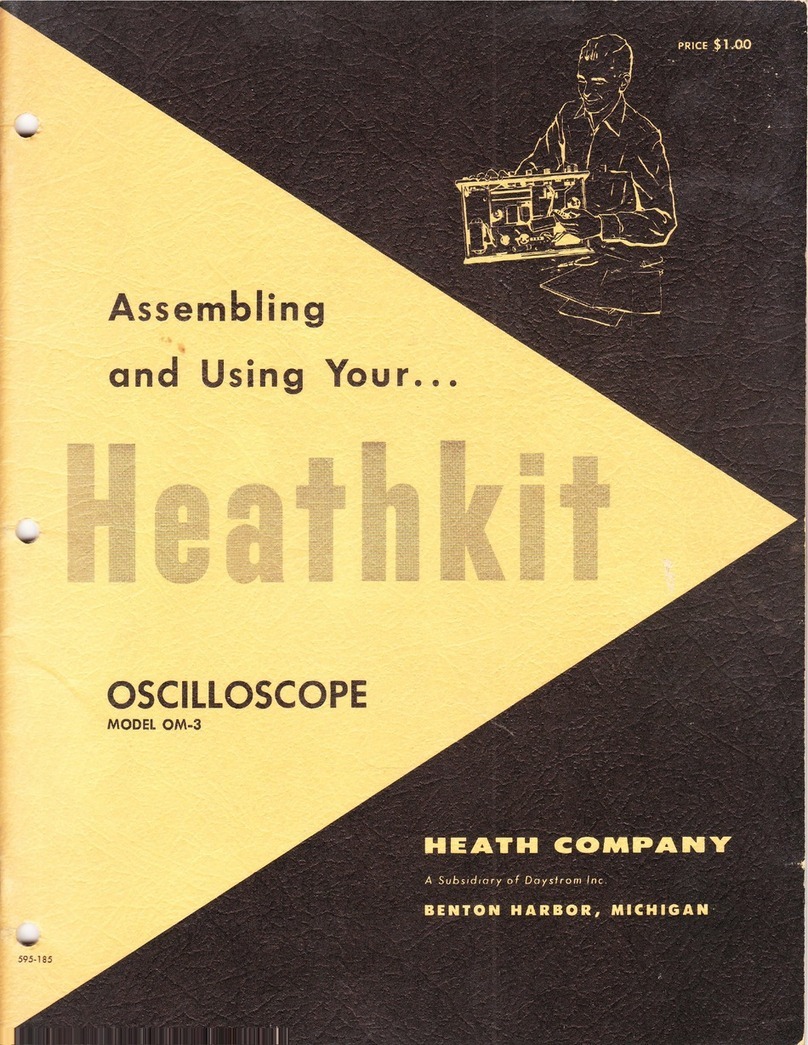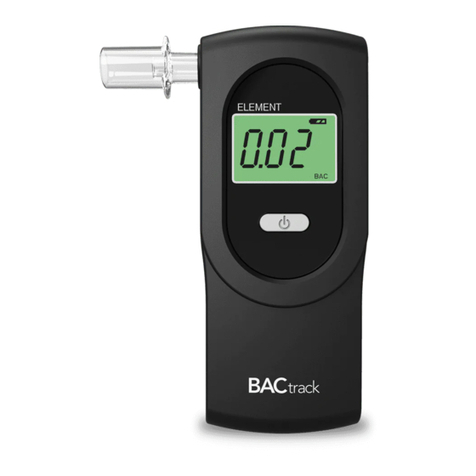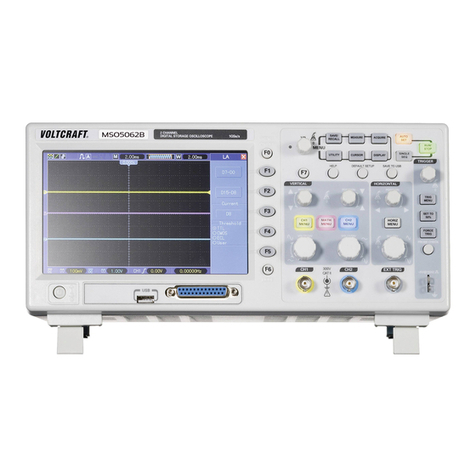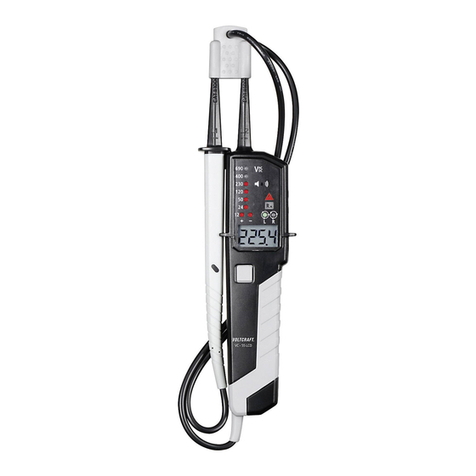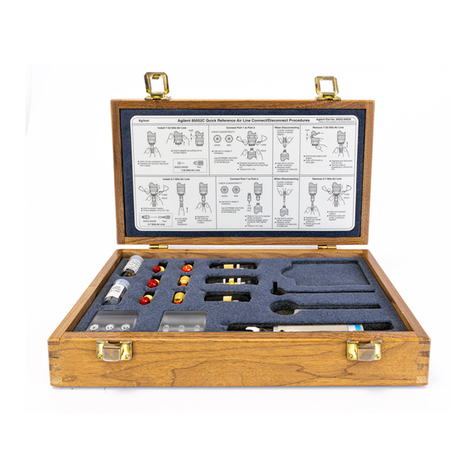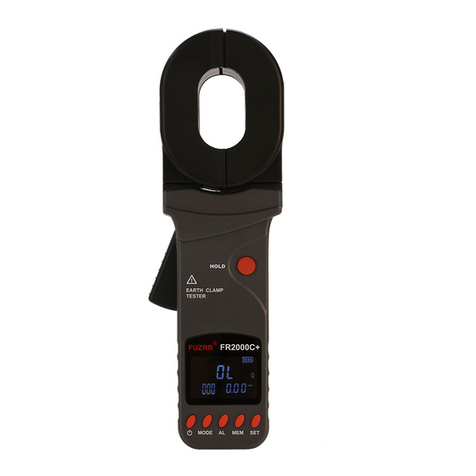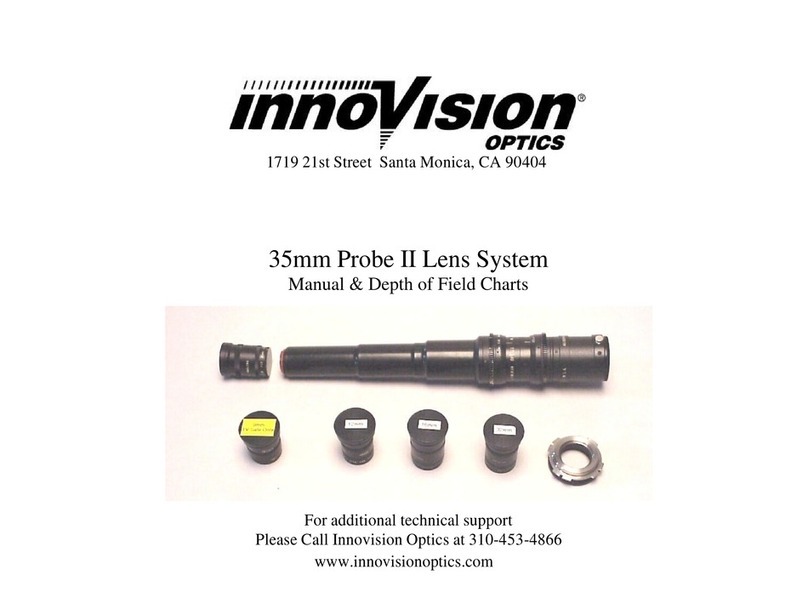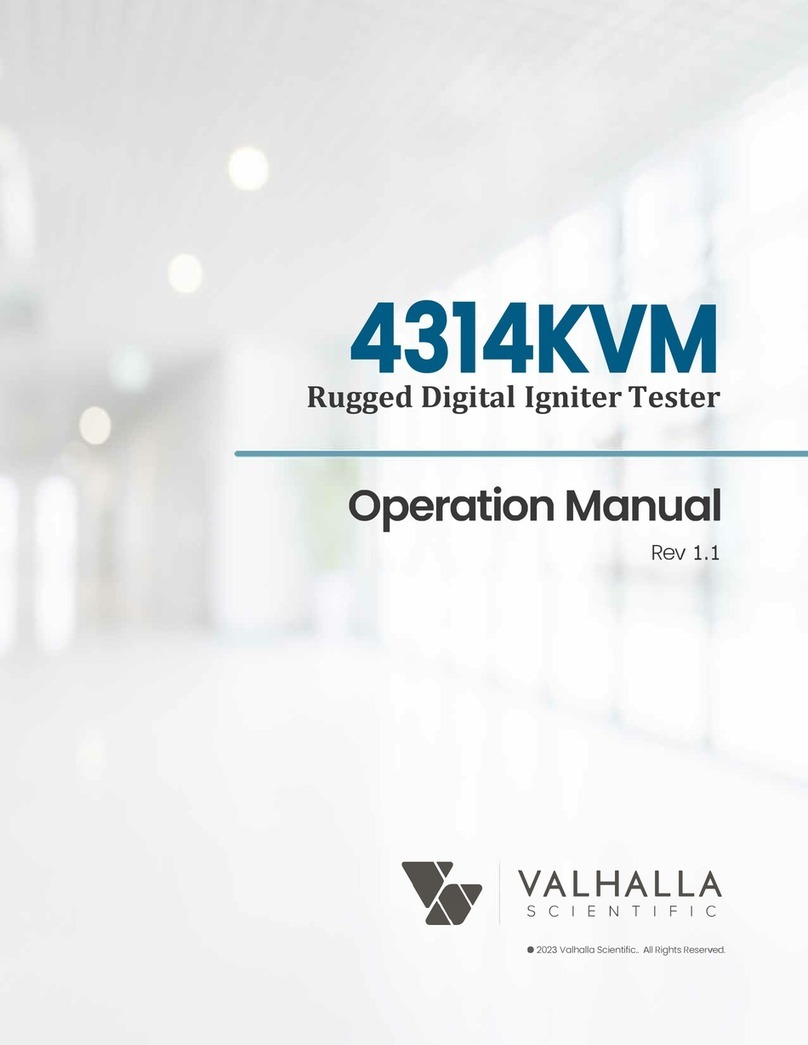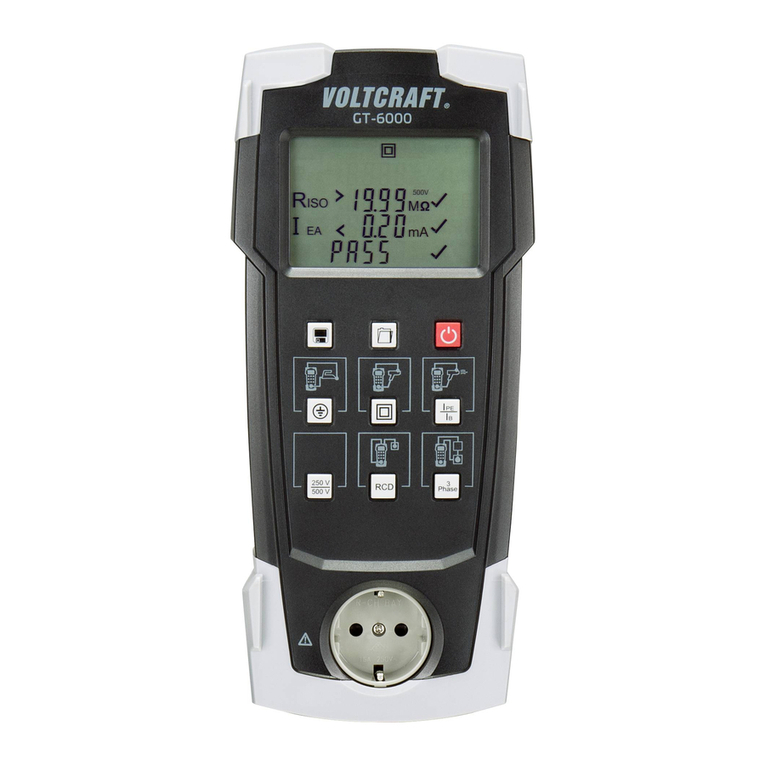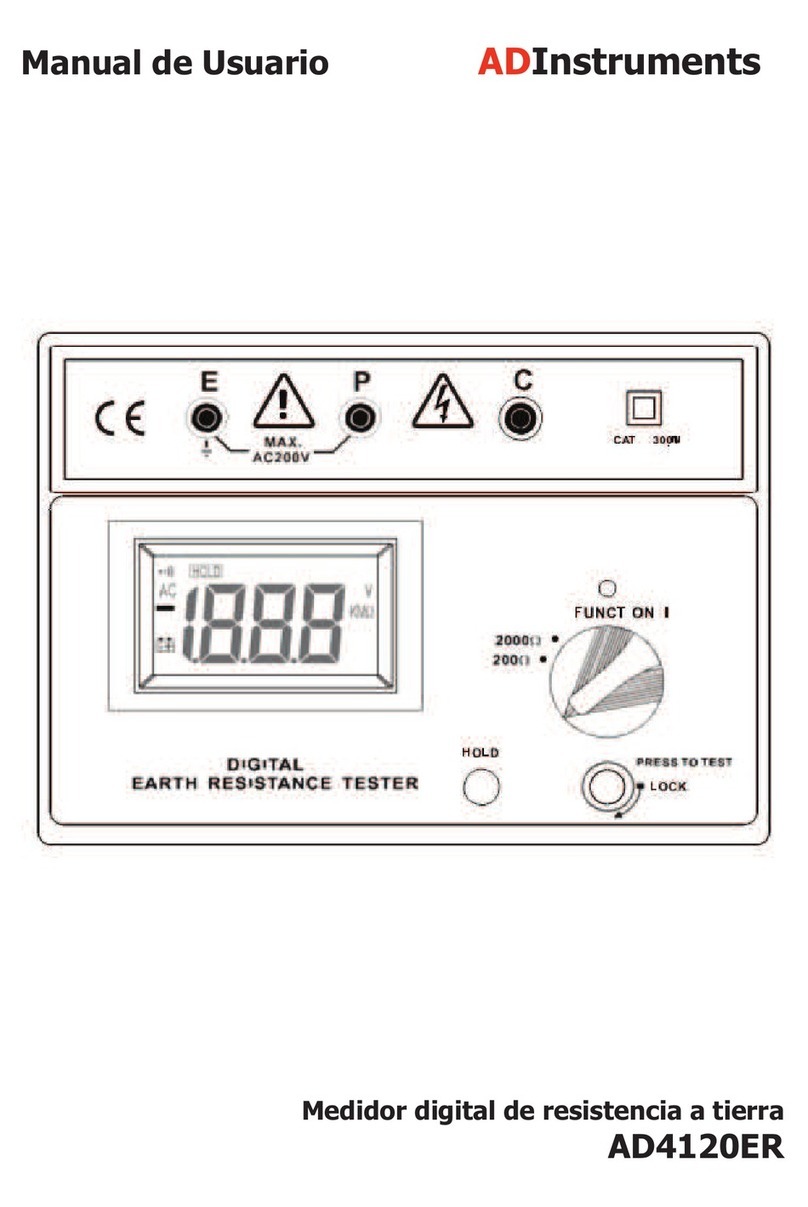Aeroflex ATC-600A-2 User manual




















Other manuals for ATC-600A-2
3
Table of contents
Other Aeroflex Test Equipment manuals
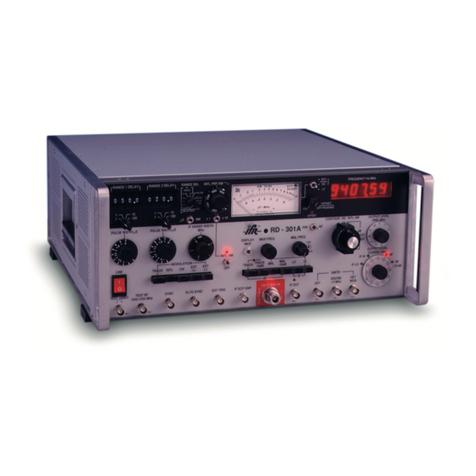
Aeroflex
Aeroflex RD-301A Installation manual
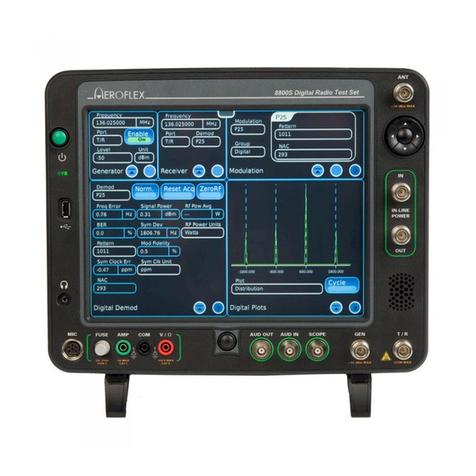
Aeroflex
Aeroflex 8800 Series User manual
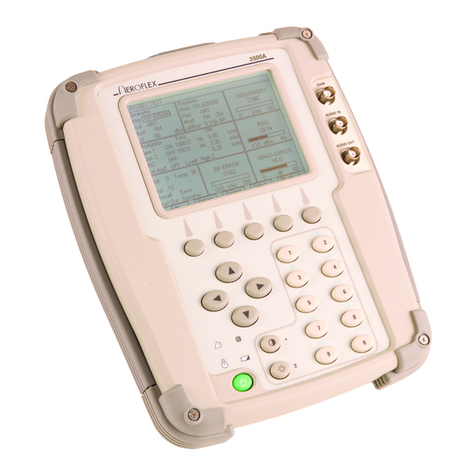
Aeroflex
Aeroflex 3500 User manual
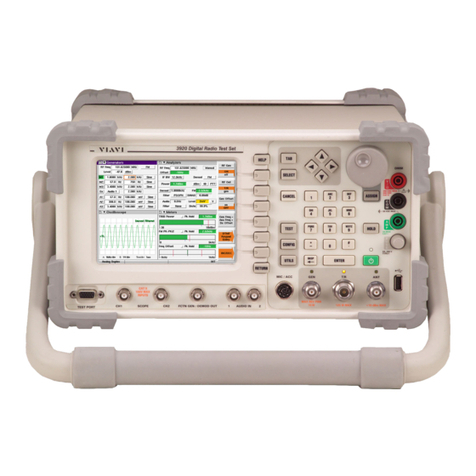
Aeroflex
Aeroflex 3900 Series User manual
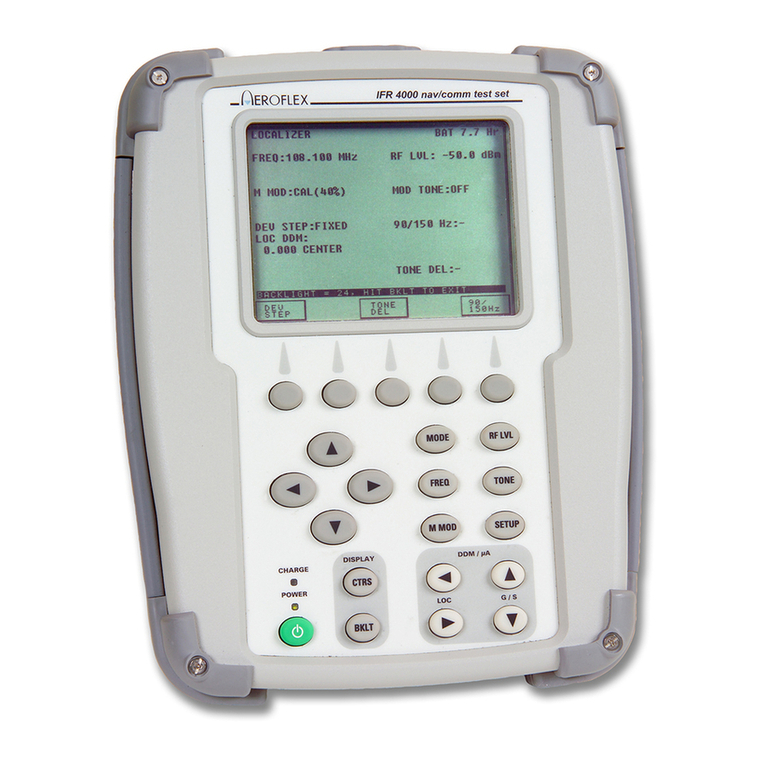
Aeroflex
Aeroflex IFR 4000 User manual

Aeroflex
Aeroflex 3900 Series Owner's manual
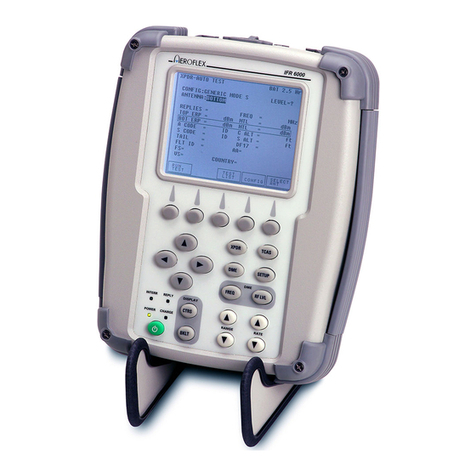
Aeroflex
Aeroflex IFR 6000 Parts list manual

Aeroflex
Aeroflex IFR 4000 User manual

Aeroflex
Aeroflex GPSG-1000 Installation and operating instructions

Aeroflex
Aeroflex IFR 4000 User manual

Aeroflex
Aeroflex PSD60-2R User manual
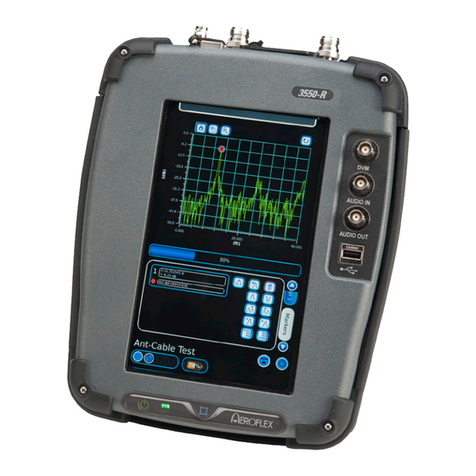
Aeroflex
Aeroflex 3550R User manual

Aeroflex
Aeroflex IFR 2975 User manual
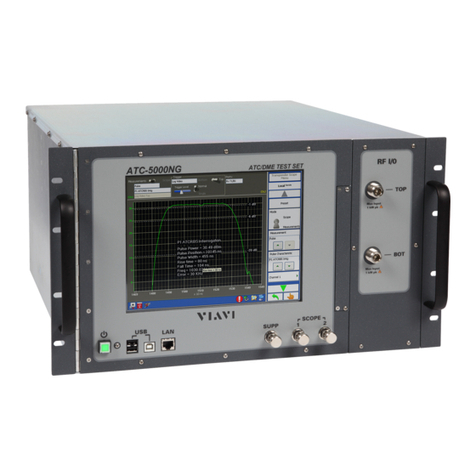
Aeroflex
Aeroflex ATC-5000NG User manual
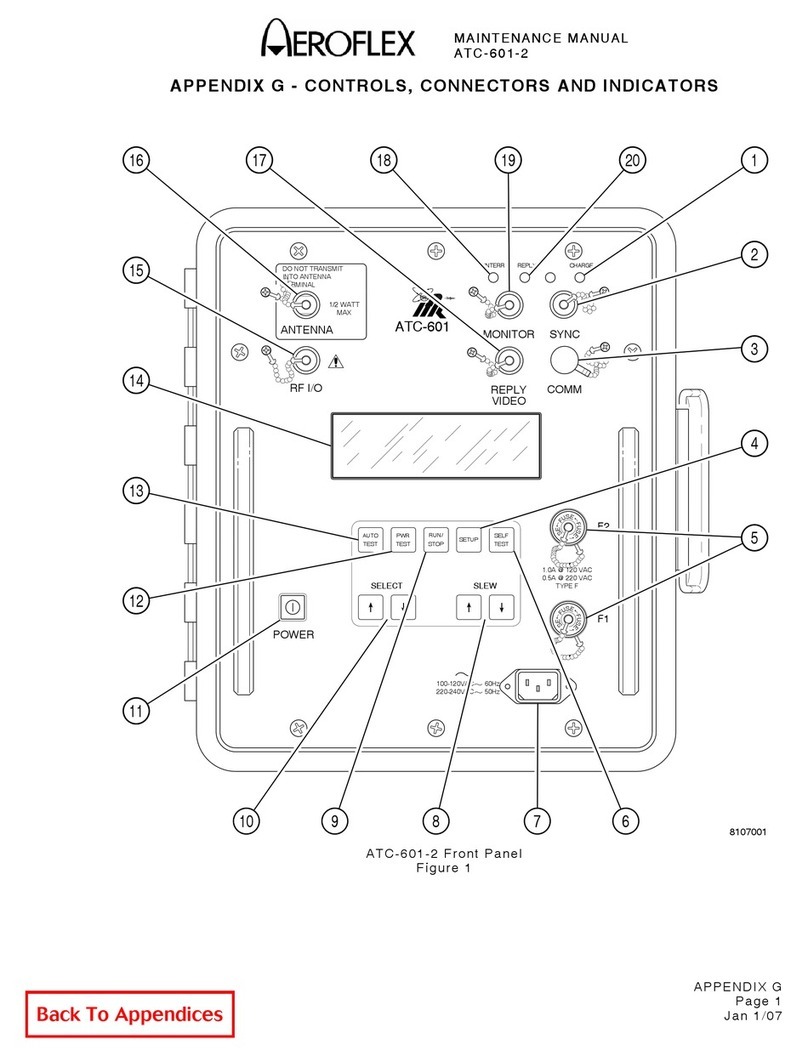
Aeroflex
Aeroflex ATC-601-2 User manual

Aeroflex
Aeroflex 3500 User manual

Aeroflex
Aeroflex 3900 Series User manual

Aeroflex
Aeroflex IFR 4000 Parts list manual
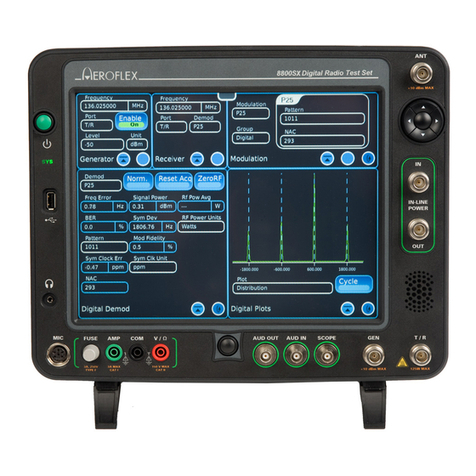
Aeroflex
Aeroflex 8800 Series User manual
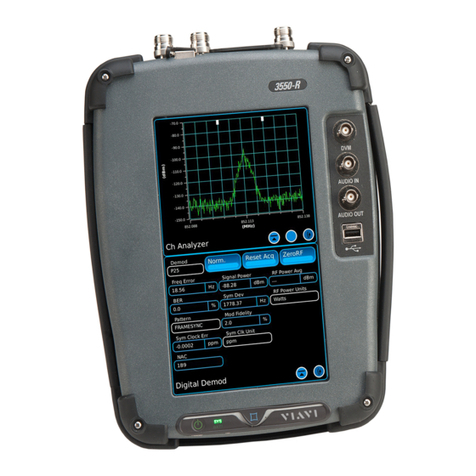
Aeroflex
Aeroflex 3550 User manual
Popular Test Equipment manuals by other brands

Dräger
Dräger Alcotest 6820 quick start guide
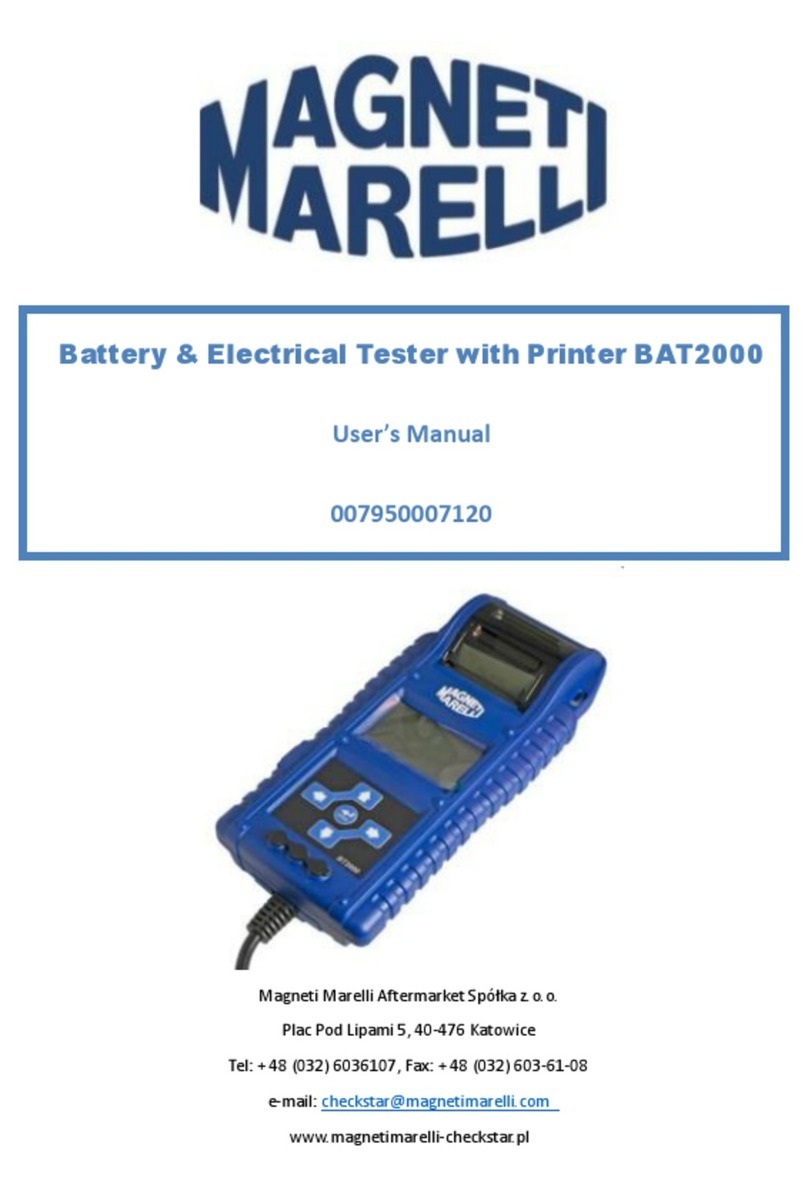
Magneti Marelli
Magneti Marelli BAT2000 user manual
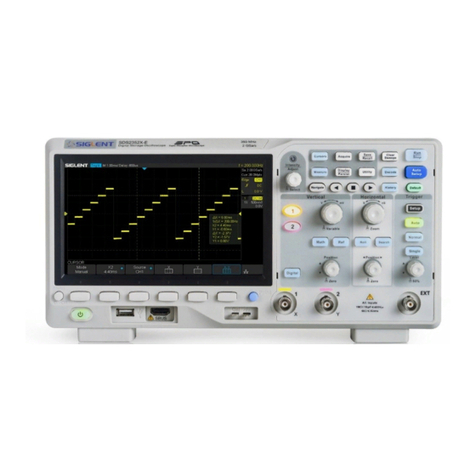
SIGLENT TECHNOLOGIES
SIGLENT TECHNOLOGIES SDS2000X-E Series user manual
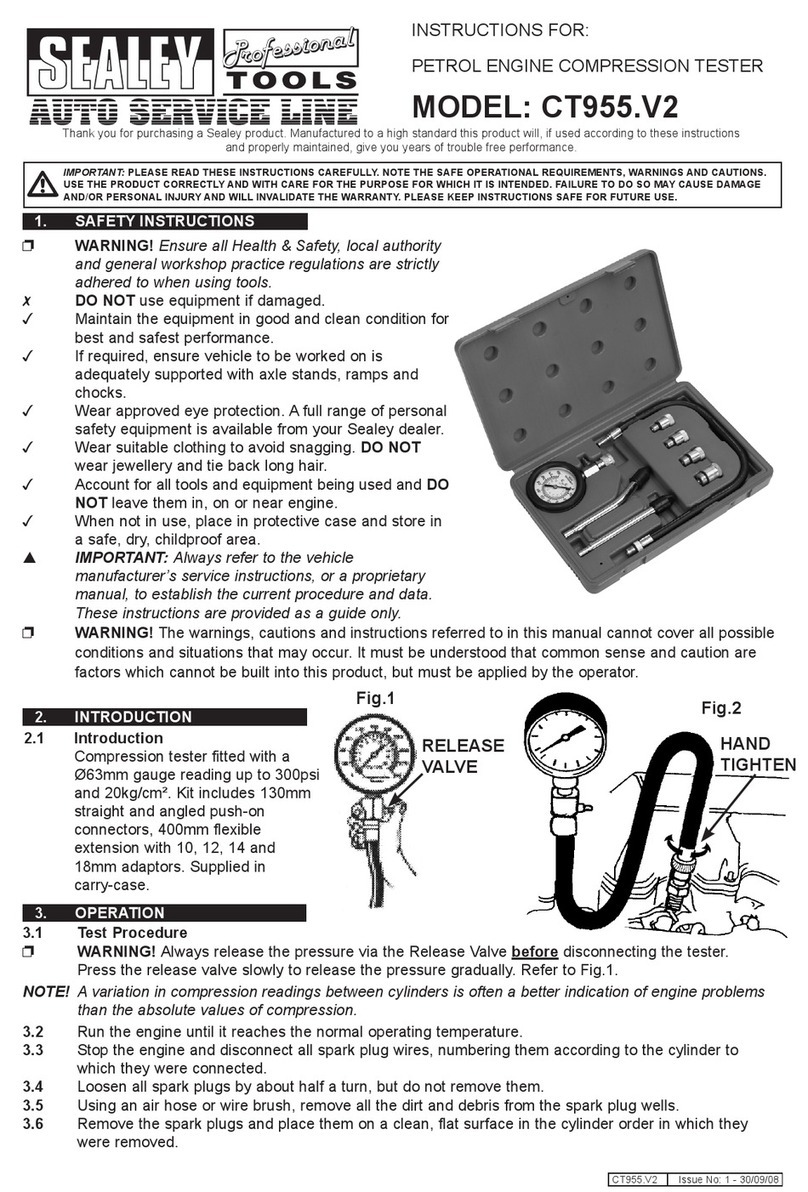
Sealey
Sealey CT955.V2 instructions
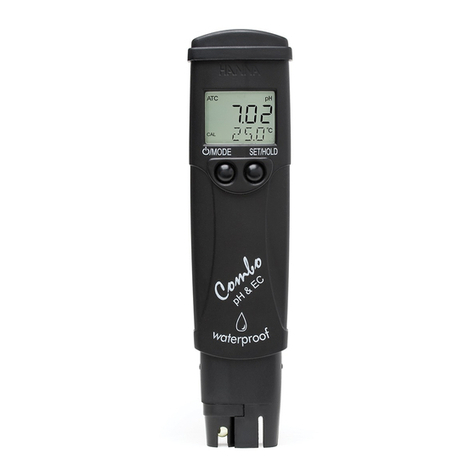
Hanna Instruments
Hanna Instruments HI 98129 instruction manual
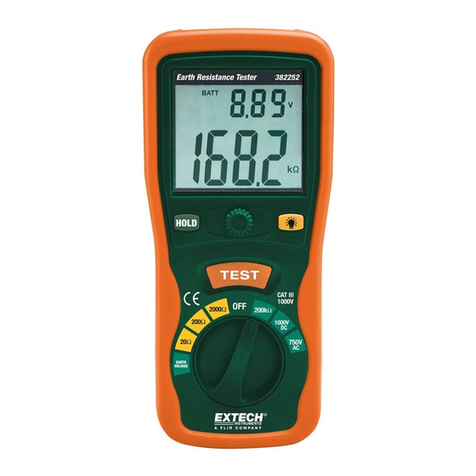
Extech Instruments
Extech Instruments 382252 user manual

